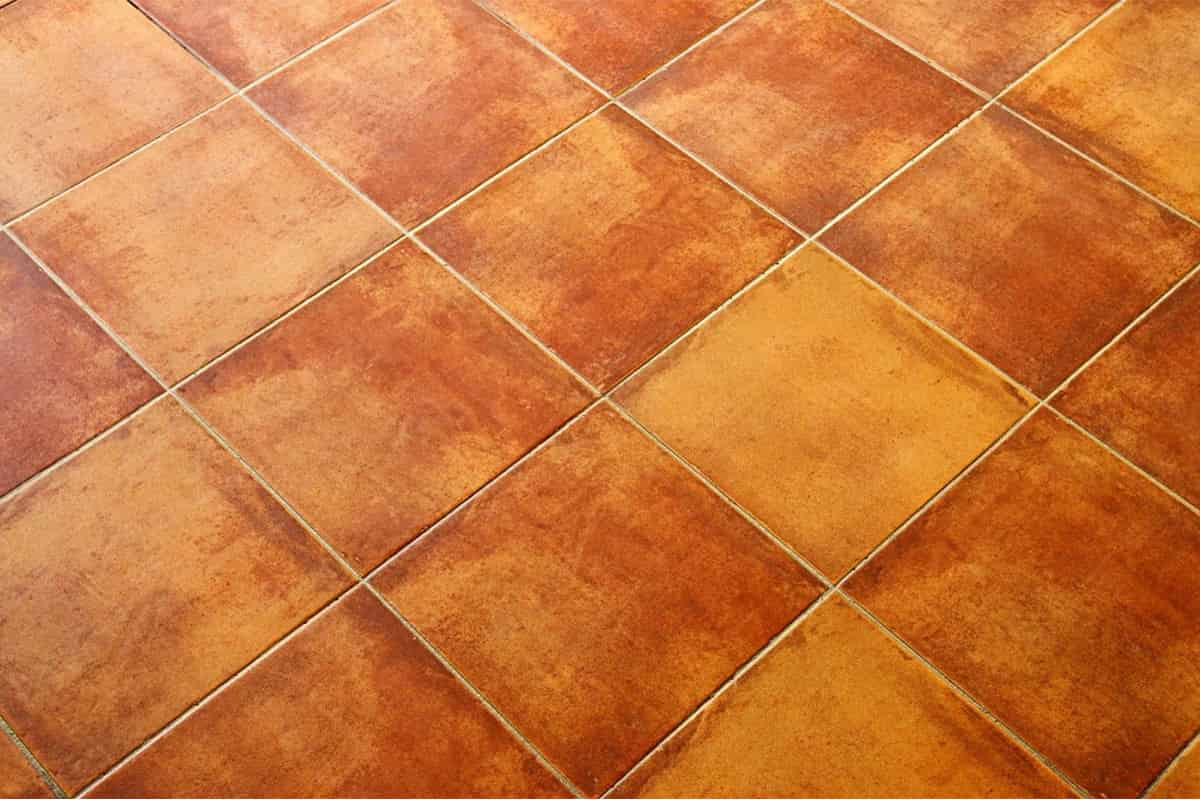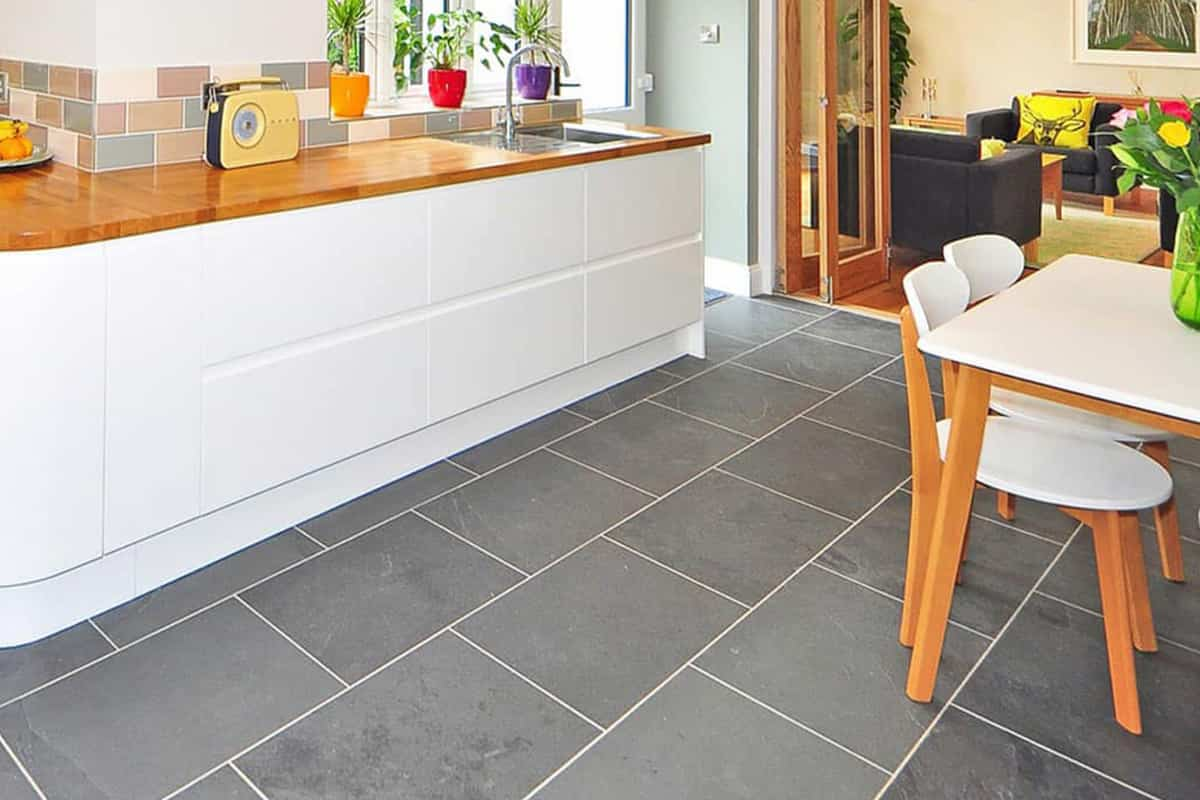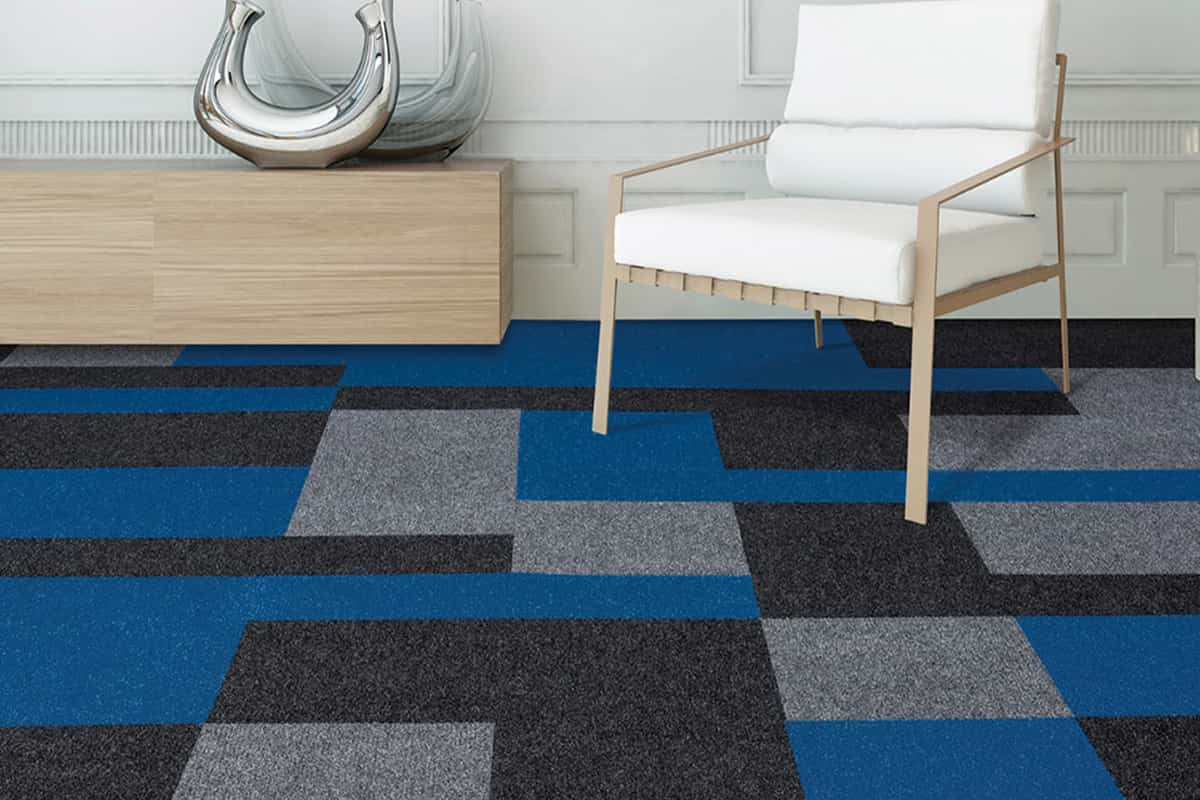installing tile over different surfaces such as wood, concrete, and tile needs to follow some instructions. If you are installing tile on another surface, be sure to follow the specific recommendations and steps to ensure proper adhesion. Tiles should be installed over wood, tile, concrete, or vinyl using an appropriate product that will provide good adhesion between the surfaces. Always make sure existing surfaces are clean and level.
- installation on concrete
Installing tile over concrete requires repairing all cracks and voids in the concrete prior to the installation process. Cracks in the concrete will eventually lead to cracks in the tile because the concrete in the crack will not be able to support the tile.

For cracks smaller than 1/8 inch, use crack suppressants. If you are installing over a larger crack, you should consider removing the concrete section and pouring a new concrete slab. If you are concerned about cracking, you may want to install an insulation system over the slab to separate/separate the tile from the slab. It is a membrane that separates the tiles from direct contact with the concrete, helping to provide support for any weak spots in the concrete due to shrinkage or expansion. It is also important to check that there are no chemicals on the surface of the concrete. Certain chemicals applied to concrete surfaces can reduce the tile's ability to adhere to the surface. To check for the presence of this coating on a flat plate, put a few drops of water on its surface. If there are water droplets, it is likely coated.

- installation on wood
To install tile over wood, the structure of the wood surface must be strong enough to support the weight of the tiles. Particleboard, upholstered vinyl flooring, any type of particleboard, oriented strand board (OSB), interior-grade plywood, tongue-and-groove board, and hardwood flooring are not suitable for direct tile installation. Tiles are hard and can crack or fall if the surface bends under load, and many wooden surfaces expand or contract, which negatively affects their ability to stay level and support the weight. If you need to install on such a surface, it is better to install the backing plate on the old surface and install the tiles on the backing plate. If installing over a suitable wood surface, sand the wood smoother, and remember best to install over a subfloor at least 1-1/8 inches thick. If tiling is being installed in a bathroom, consider using a barrier film on wood floors to further prevent expansion and contraction.

- installation over existing tiles
Before installing tiles over existing tiles, you will need to roughen the surface of the existing tiles to give the new tile a better bond. 80 grit sandpaper is recommended for sanding floors. Once the tile has been sanded, clean and removes all grit and dust, then use a floor leveler to fill the grout lines and completely level the surface for a new tile application. Install tiles over existing tiles using thin products. It is a mixture of cement, fine sand, and water that bonds the new tiles to the old ones. For mortar, latex or epoxy options are best for installing tile over tile. Also, consider that doors, cabinets, and other hardware may need to be reworked or replaced with new ones to compensate for higher floors.
- installation over existing vinyl
Installing tile over vinyl or linoleum surfaces can be more complicated than expected and should probably be avoided if possible. However, if you are unable to remove the old surface or decide to otherwise install it, place a thin liner over the old surface as a new subfloor material.

It is important to use the thin profile recommended by the back sheet manufacturer, to ensure that any loose adhesive is removed from the surface and to check that good adhesion to the substrate can be achieved. To reduce adhesive residue, verify that the manufacturer's low-profile mortar is compatible. It is not uncommon for subfloors to develop low spots or other defects over time, but it is important to address these issues and ensure the subfloor is level before installing a new floor. Low spots can be filled with a floor finishing mixture and then sanded down after hardening. When laying tiles, measure away from walls and other boundary areas where you can install full square tiles. Once you've let it set and can walk on it, measure your space along the walls and other border areas, subtract grout lines, and mark where tiles need to be cut to fill those odd spaces. Try to avoid debris: slice along the perimeter of the gap. Plan the layout so that you can have as wide a piece as possible along the perimeter, minimizing the number of tiles to be cut.
